Bruschetta is one of the most perfect foods, right?
Crispy on the outside, soft and chewy on the inside.
The perfect vehicle for whatever topping you want to put on it—be it a simple olive oil and balsamic vinegar or a full-on gourmet spread.
And it’s so easy to make!
But what about the bread?
See Also:
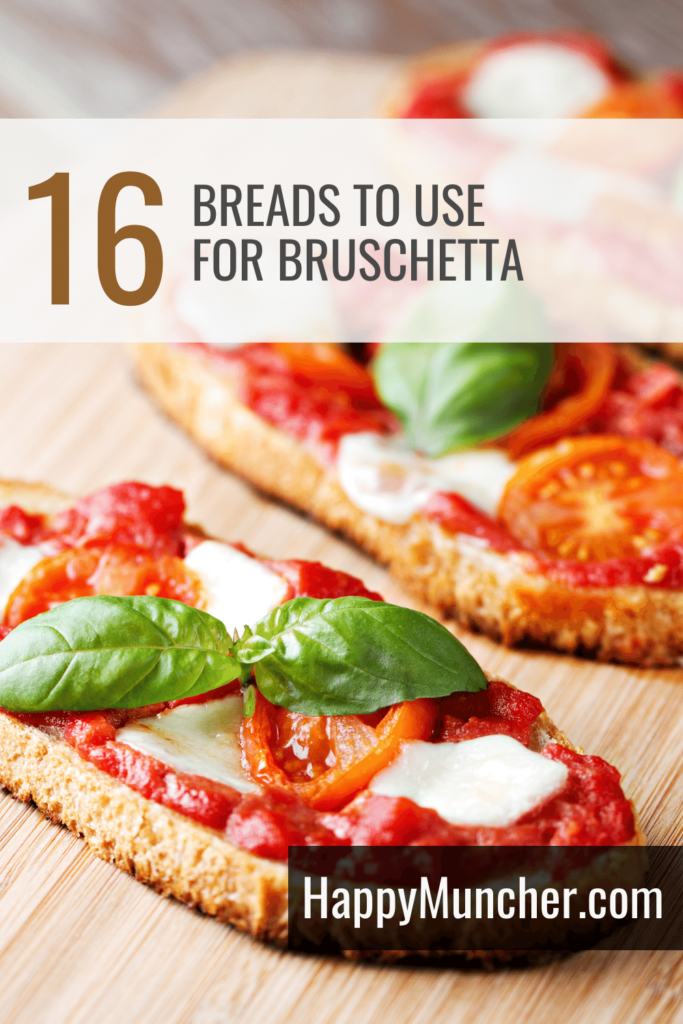
What kind of bread should you use for your bruschetta?
We’ve got you covered.
Check out our list below of the 16 best breads to use for bruschetta!
What Bread to Use for Bruschetta?
The best bread for bruschetta is a ciabatta loaf. A ciabatta loaf is perfect because it has a very rough, porous texture that helps the olive oil and garlic soak in without getting soggy. The rough texture also helps you get a nice crust on your bruschetta when you toast it in the oven.
Another great thing about using a ciabatta loaf is that it has a very mild flavor of its own, so you can use it with any toppings you like!

The thing is…
It’s important to consider what kind of bread you’re going to use for your bruschetta.
Different types of bread will affect the texture and taste of your bruschetta, so it’s important to know what works best with your ingredients before you get started!
Here are 16 different types of bread and their benefits:
1. Ciabatta
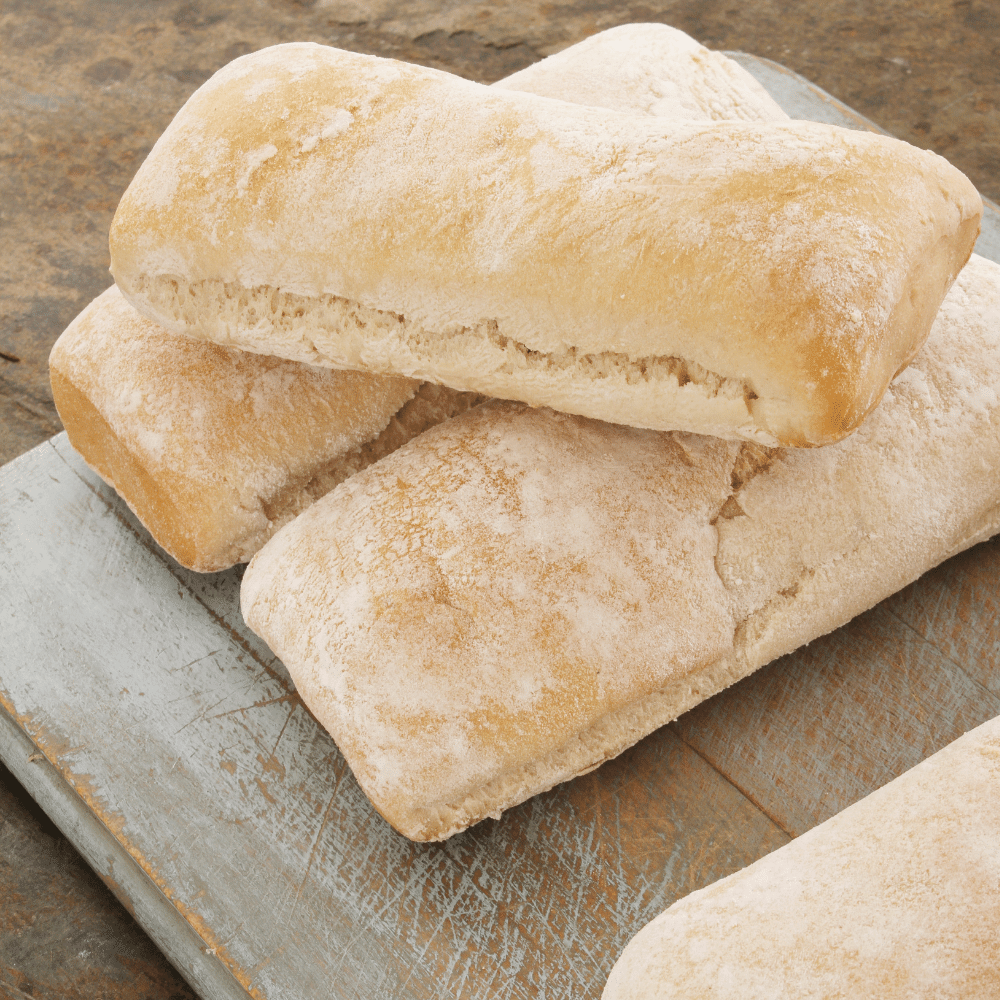
Ciabatta is a type of Italian bread that has a relatively hard crust and a soft interior.
It’s great for bruschetta because it can hold up to the weight of toppings without getting soggy or falling apart, while still having a soft texture that doesn’t overpower the flavors in the toppings.
- It has a light texture that won’t overpower your dish.
- It has a slight crunchy crust that will complement the softness of the tomatoes in your bruschetta.
- It has a neutral taste that won’t compete with other flavors in your dish.
2. Focaccia

Focaccia is another good option because it has a similar texture as ciabatta and can be found at many grocery stores as well.
However, focaccia tends to be smaller than ciabatta—so if you’re looking for something bigger or plan on making several servings of bruschetta, go with ciabatta instead!
3. Baguette

This type of bread has a crispy crust and soft interior, which makes it perfect for holding up against heavy toppings like tomatoes or cheese without getting soggy too quickly.
It also has a mild flavor that won’t interfere with other flavors in your dish!
4. Sourdough Loaf
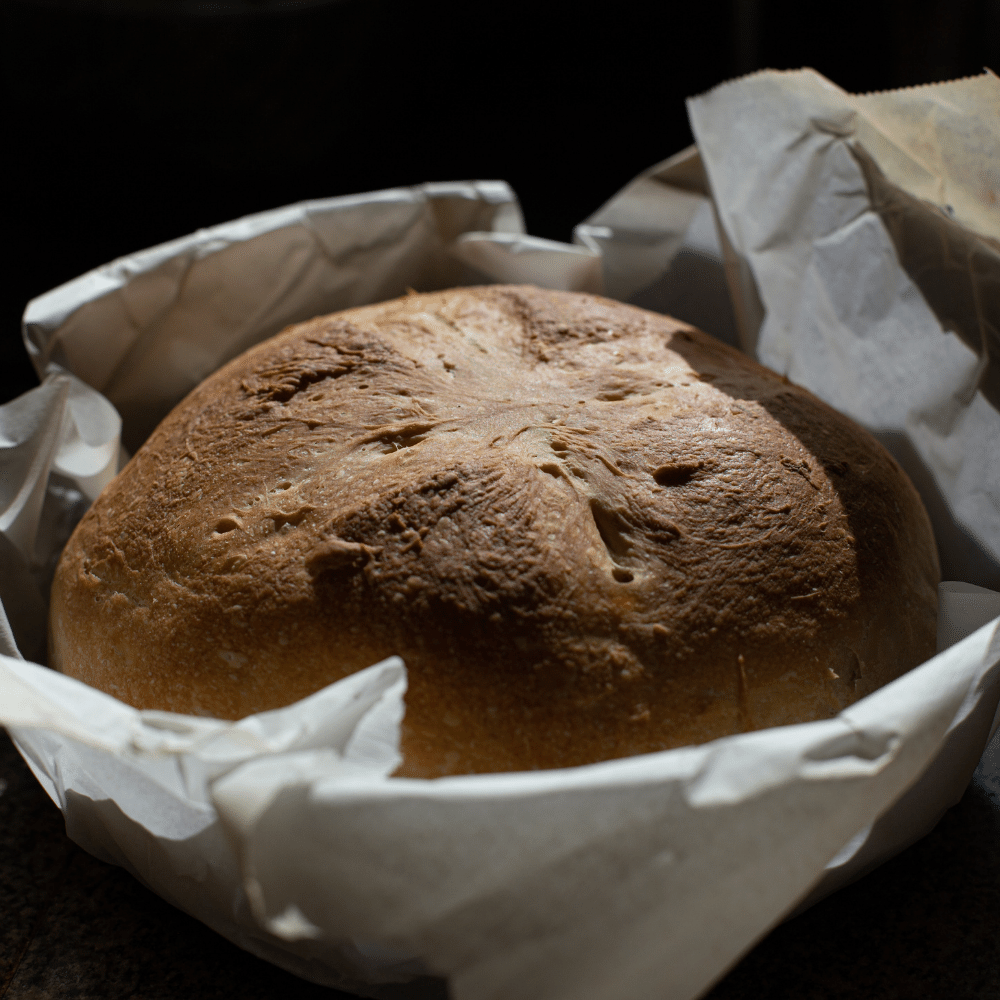
If you want to add some extra flavor to your bruschetta, try using sourdough bread instead of ciabatta.
Sourdough is made with wild yeast instead of commercial yeast, which gives it an earthier flavor and can add depth to your dish if used correctly.
Some people even prefer sourdough over ciabatta for this reason—but either way, both will work!
5. Pullman Loaves
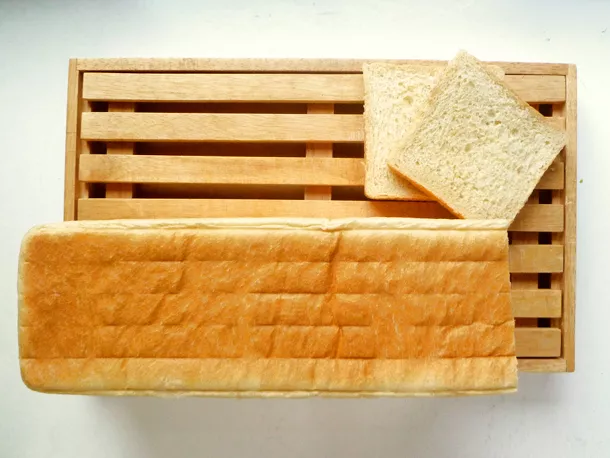
Pullman loaves are rectangular loaves of bread that have a thick crust and a soft interior, so they work well for bruschetta because they can hold up to heavy toppings without getting soggy or falling apart, but still have enough structure to stand up on their own when served at room temperature or cold (it’s also good if you want to serve them right away instead of baking them first).
6. Pane Pugliese
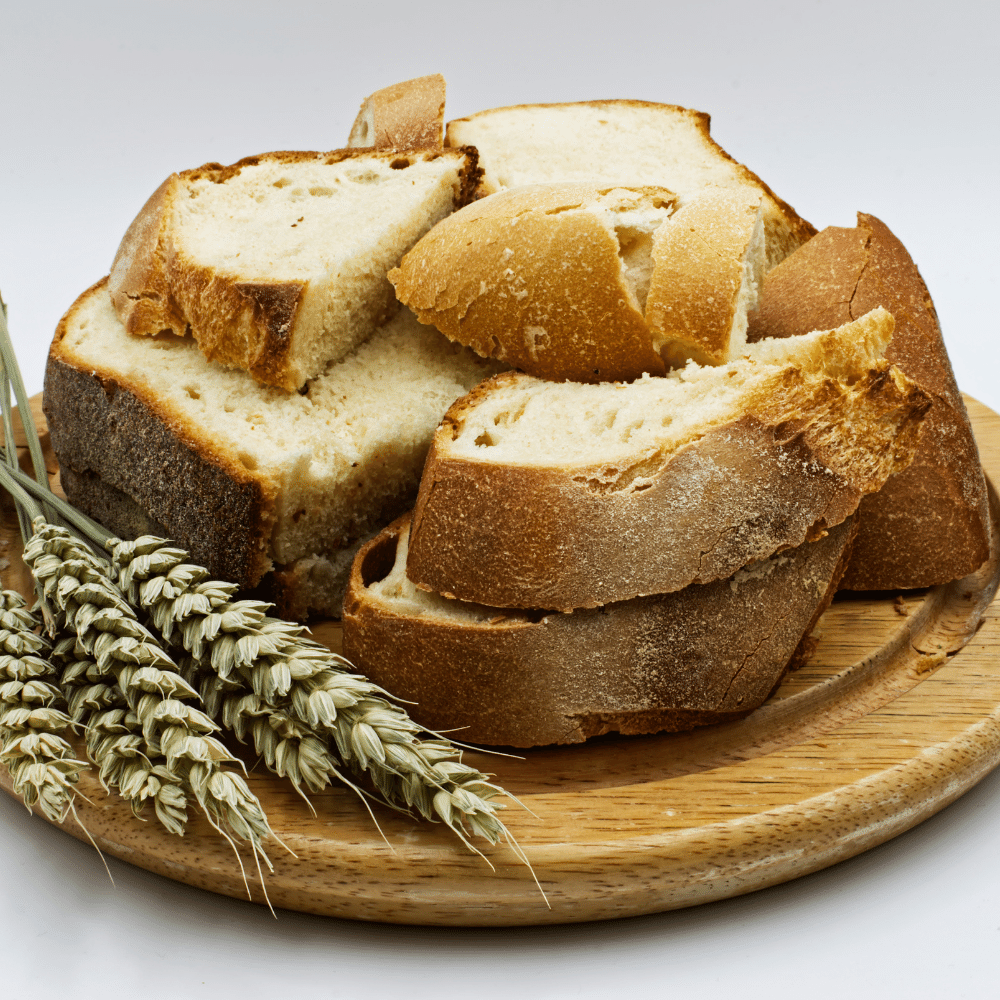
Pane Pugliese is another type of Italian bread that can work well for bruschetta, but it’s slightly harder than other breads, so it won’t fall apart as easily under heavy toppings like meat and cheese.
It also has a nice flavor—it’s crisp on the outside but soft on the inside—which makes it ideal for absorbing juices from tomatoes or other ingredients without getting soggy or losing its shape.
7. Pan de Mie

Pan de Mie is a Mexican bread that’s similar to French bread, but less crusty and more dense than baguettes or ciabatta loaves.
This makes it perfect for holding down your toppings on top of your bread without getting soggy from all those delicious juices!
8. Pain au Levain
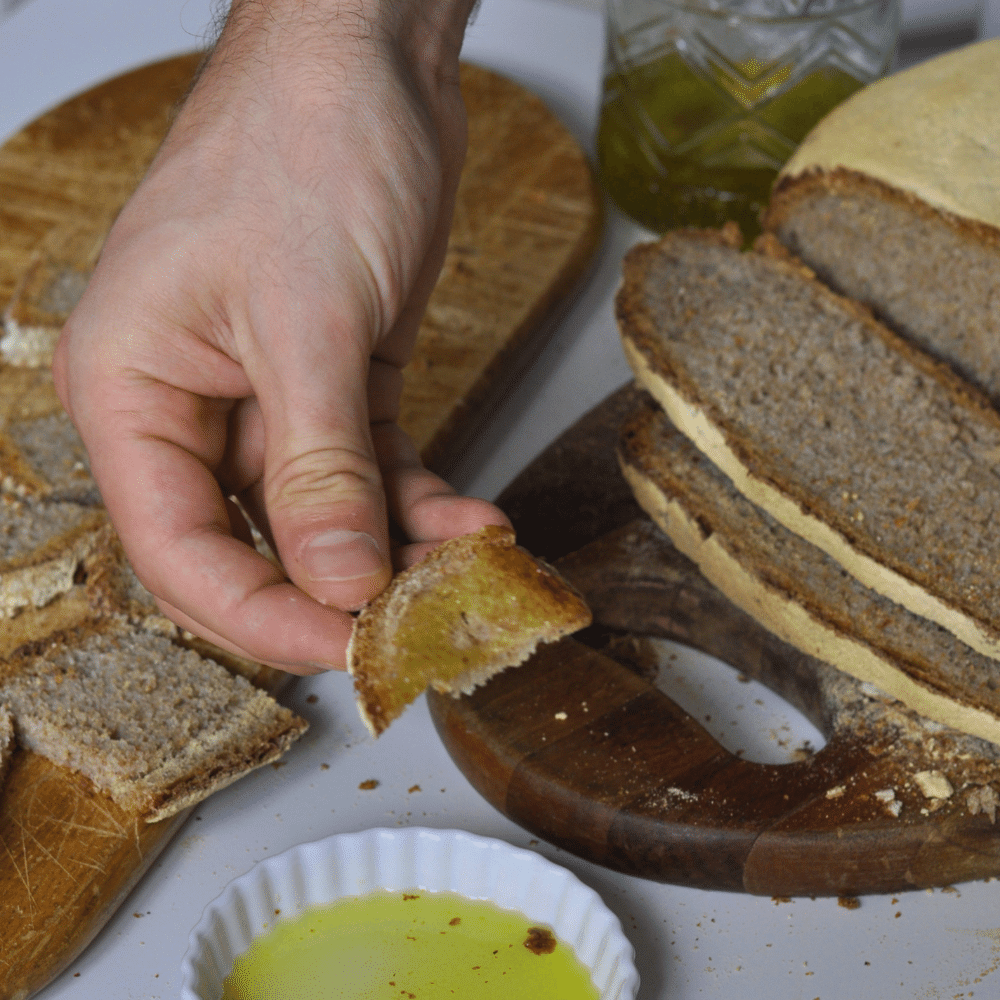
Pain au levain is an artisanal sourdough loaf that has more tangy flavor than regular sourdough because it uses more rye flour, which adds extra acidity to the dough during fermentation.
Because of this extra tanginess, it makes for a great addition to your bruschetta recipe if you’re looking for something with more flavor than classic white bread.
9. Pain de Campagne (Country bread)
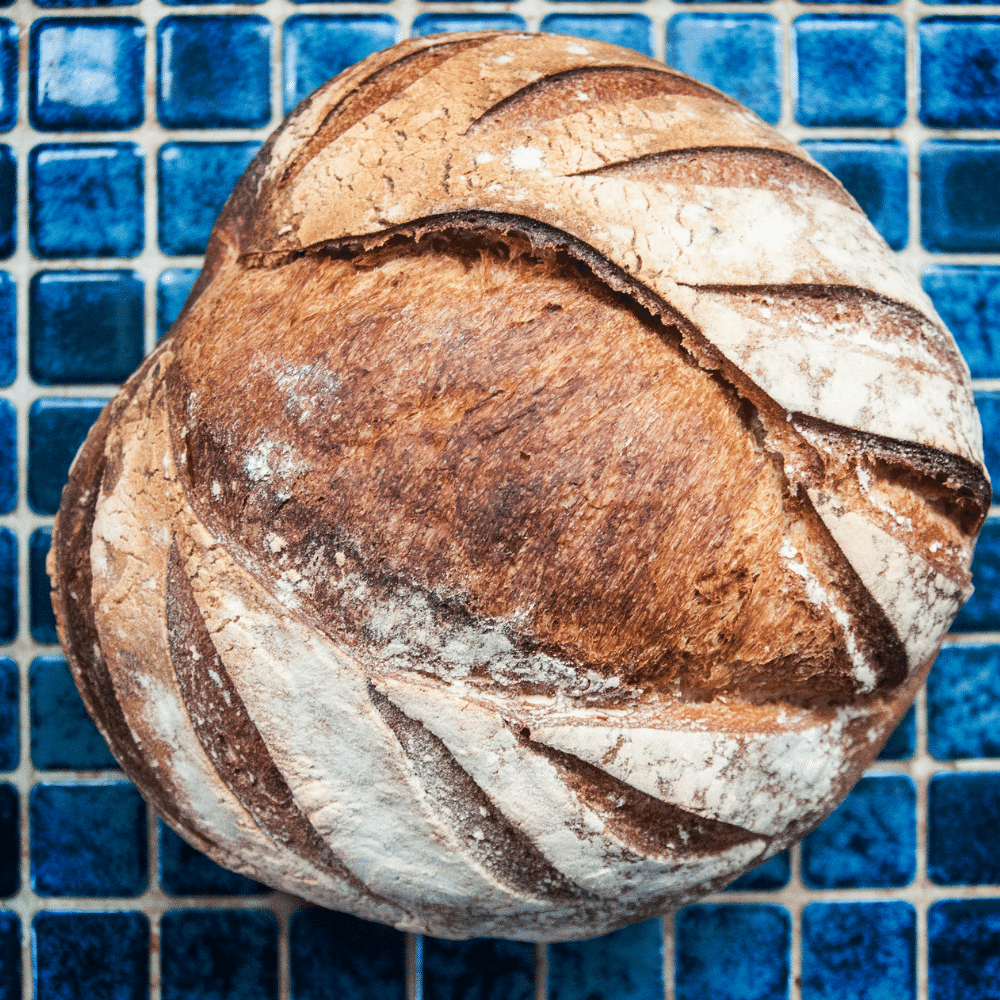
If you want something with a little bit more chew than other breads, then country bread might be right up your alley!
This type of bread has an airy crumb structure and a soft exterior crust that holds up well against toppings without becoming soggy or falling apart.
10. Panettone
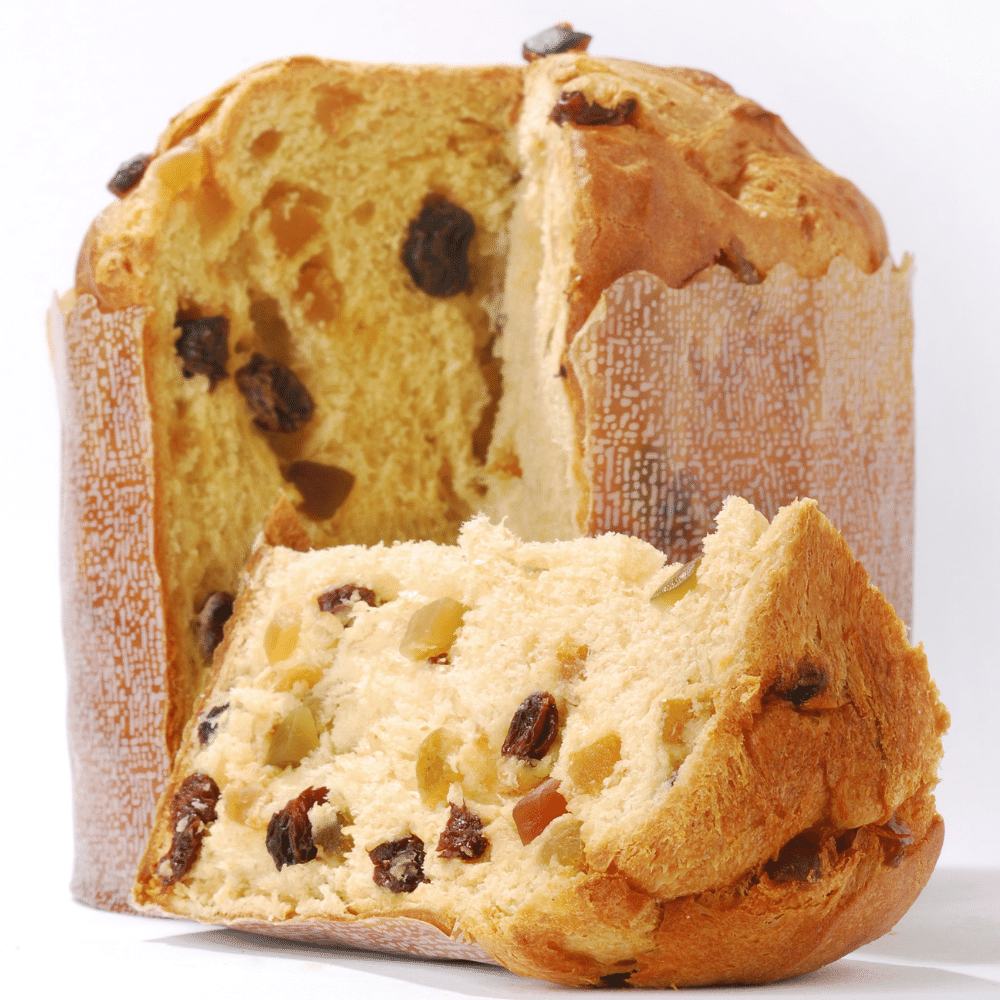
Panettone is a sweet Italian loaf made from raisins and candied fruit – it’s often served as part of Christmas dinner in Italy.
This type of bread is usually dense enough to hold up well against toppings without getting soggy, making it perfect for serving with many kinds of toppings (especially ones that contain dried fruit).
11. Brioche
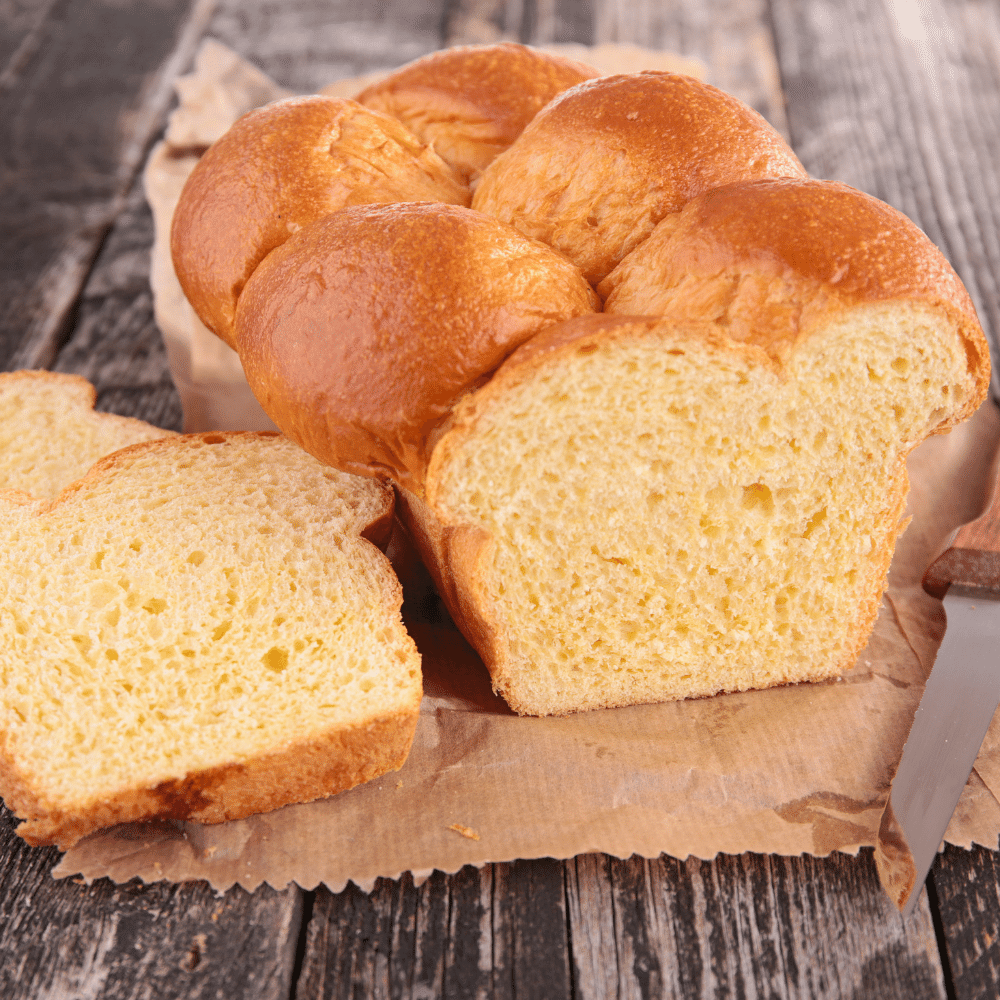
Brioche is a delicious type of sweet egg-based dough that can be baked into many different shapes and sizes — it’s perfect for making breakfast sandwiches or just spreading with jam!
This type of bread has an airy crumb structure that makes it perfect for soaking up sauce without becoming soggy or falling apart when you bite into it (which means less mess!).
12. Challah
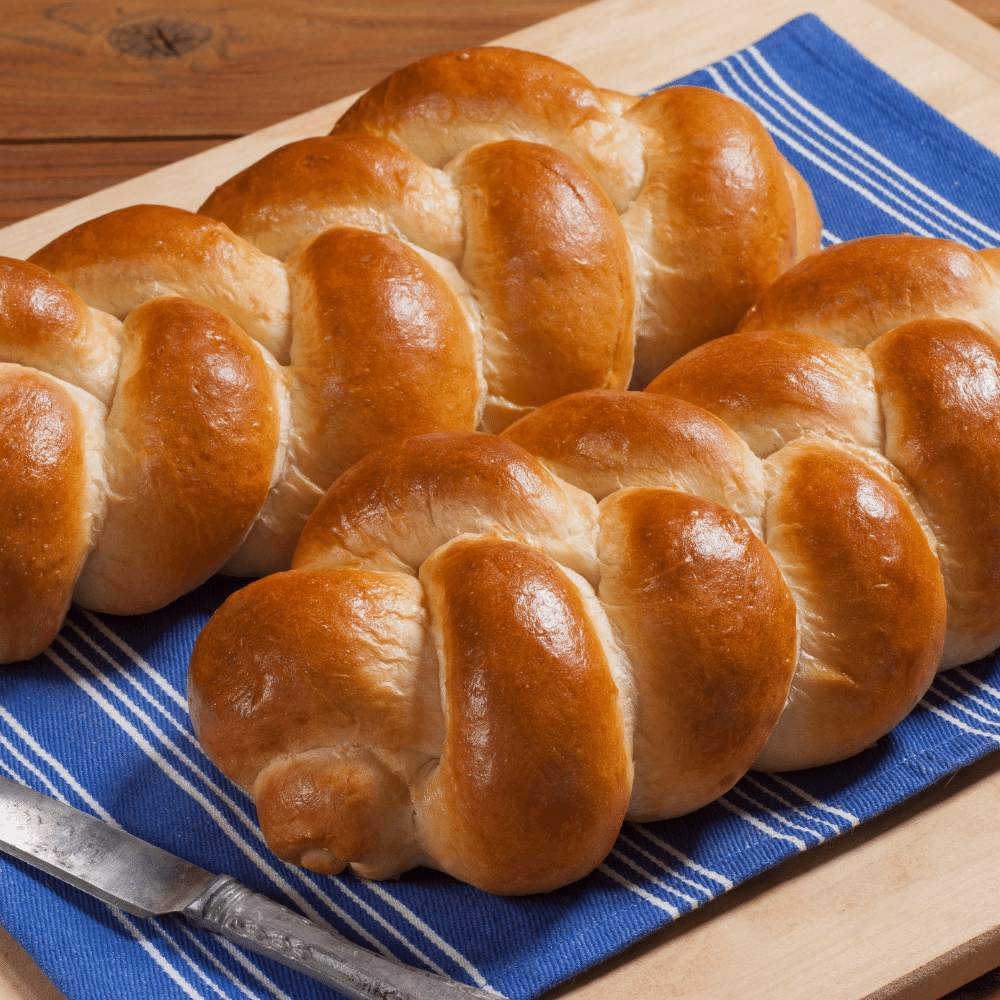
Challah is another great option if you’re looking for something with more texture—in fact, it actually bakes into a nice crisp crust when baked in an oven set at 350 degrees Fahrenheit for about 30 minutes!
This makes challah ideal if you’re looking for something that will hold up well under heavier toppings like meats or cheeses (and it’s also delicious when served warm).
13. Rye Breads

Rye is another great option for bruschetta because it has a nice balance between sweetness and sourness, which allows it to hold up well against acidic toppings like tomatoes or vinegar-based sauces like balsamic vinegar or red wine vinaigrette (or both!).
The texture is also great for holding up against toppings like meaty mushrooms or salty olives—it won’t fall apart or become soggy as quickly as other types of breads might.
14. Cornbread

Cornbread is similar in texture to country bread but with a slightly sweeter flavor that can be great if you’re adding sweet toppings like honey or fruit compote!
It also holds up well against heavier ingredients like bacon or cheese, which makes it an excellent choice for bruschetta.
15. Pumpernickel Bread

Pumpernickel is known for its characteristic deep flavor and aroma, which makes it a great choice for bruschetta because it will stand up well against strong flavors like garlic or pesto without being overpowered by them!
16. Chapati (Indian flatbread)
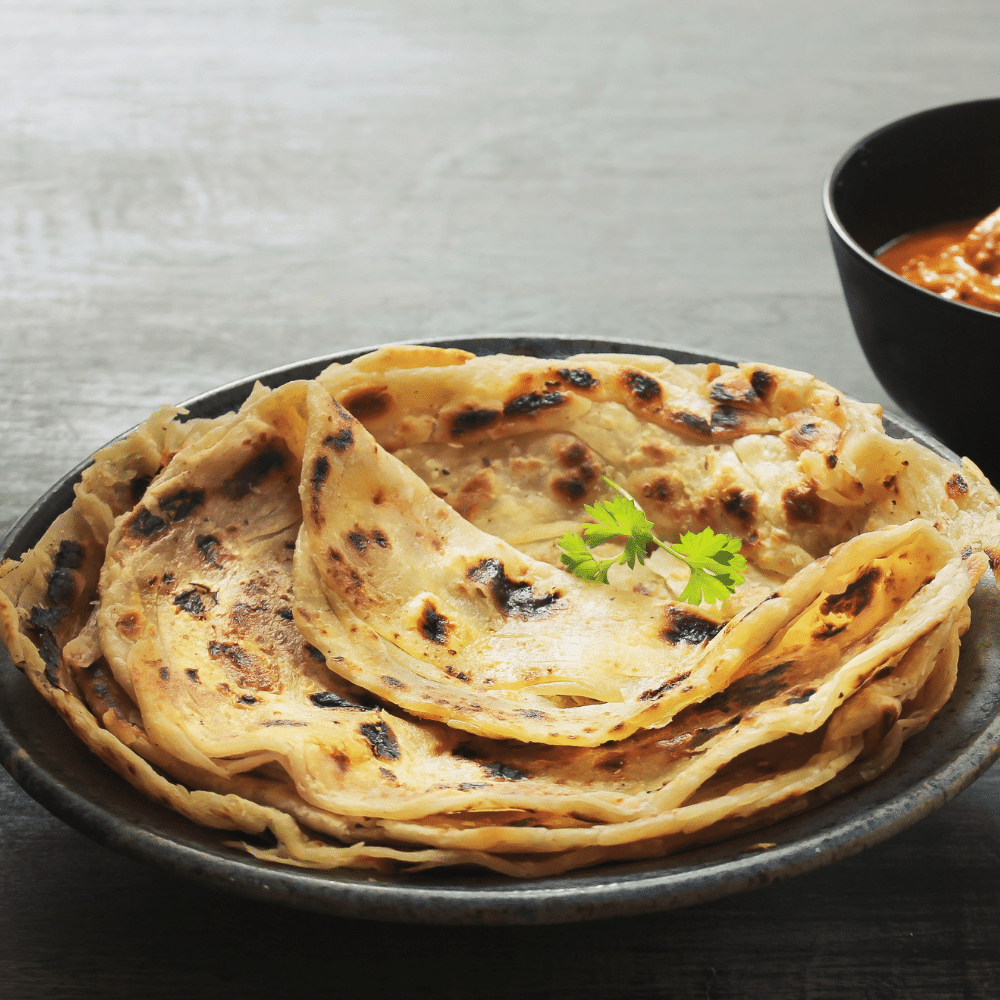
If you’re looking for something that is both easy to make and quick-cooking, Indian flatbreads like chapati may be right up your alley!
These flatbreads are made from wheat flour and water—and nothing else!
They can be cooked on a skillet or in an oven depending on how much time you have available.
How to Decide What Kind of Bread to Use for Bruschetta

Deciding what kind of bread to use for bruschetta is a matter of personal preference, but there are a few things you might want to consider:
- First, you’ll want to think about how much time you have before your guests arrive and how hungry they are. A good rule of thumb is that the drier the bread, the better it will hold up with all those toppings, but if you’re making a lot of bruschetta, or your guests are already pretty full from dinner, then maybe opt for something softer.
- Second, consider what toppings you plan on using—if it’s something that’s going to be really wet (like fresh tomatoes or pesto), then a soft bread would probably be best. If it’s something more dry (like olives or cheese), then maybe try using a harder bread like ciabatta or baguette.
- Finally, if you’re making bruschetta as an appetizer before dinner with drinks—which is often done in Italy—then consider cutting your bread into bite-size pieces so that everyone can grab one easily!
Make the decision-making process easier with these questions:
- Do you have a preference for a certain kind of bread?
- Do you want it to be crispy or soft?
- Do you want it to be thick or thin?
- Do you want it to be sweet or savory?
FAQ
What if I Don’t Have Any Bread at Home?
If you don’t have any bread at home, you can always try using another kind of crisp, toasted bread.
Try some pita chips, or even a baguette!
Just make sure that whatever you choose has a nice crunch to it.
You want to be able to bite into your bruschetta and get that satisfying little snap when the crisp bread meets your teeth.
What if I Need to Make a Lot of Bruschetta?
If you’re looking to make a lot of bruschetta, you might be wondering what kind of bread to use.
The best way to go about this is to think about how much you want to make and then pick a type of bread that will be able to hold up under the weight of the toppings.
For example, if you’re making a large batch for a party, you’ll want something like ciabatta or focaccia that has a sturdy crust but also soft interior.
If you’re just making a small amount for yourself or your family, consider using pita or baguette instead—these are lighter and more flexible than other varieties, so they won’t get crushed by all those toppings!
Do I Need to Buy an Expensive Loaf of Bread to Make Bruschetta?
The short answer is: no, you don’t need to buy an expensive loaf of bread for bruschetta.
It’s true that some people prefer to use high-end breads with more flavor and texture, but any kind of good-quality white or wheat bread will work just fine.
If you’re worried about using a cheaper loaf, keep in mind that bruschetta is meant to be eaten quickly, so it doesn’t really matter if your bread starts to get soggy.
Just be sure to serve it right away when it comes out of the oven!
How Can I Make Sure My Bruschetta Doesn’t Get Soggy?
There are so many delicious things you can do with bruschetta, but if you’re worried about your bread getting soggy, don’t be!
Here are a few tips for keeping it crispy:
- Get your bread nice and toasted. This will help soak up the moisture before you add the toppings.
- Don’t skimp on the olive oil. The more oil, the less moisture.
- If you’re adding cheese or meat to your bruschetta, let it sit on top of the toast while it’s still hot, then put it in an oven (or over a gas burner) to melt before serving.
- If you’re topping your toast with fruit or vegetables, add them right away so they can start drying out right away instead of sitting in all that moisture until after they’ve been added.
What’s the Best Way to Store My Bruschetta?
First, when it comes to the best way to store your bruschetta, room temperature is the best option.
If you try to refrigerate or freeze your bruschetta, it can get soggy—and nobody likes soggy bread!
That’s why we recommend storing your bruschetta at room temperature in an airtight container or bag.
This will keep it from drying out as well as keeping it from getting moldy or stale.
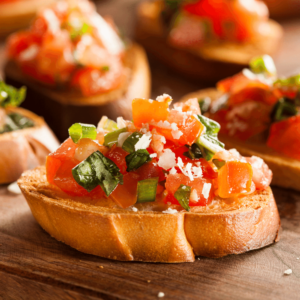
What Bread to Use for Bruschetta (16 Best Breads)
Ingredients
- Ciabatta
- Focaccia
- Baguette
- Sourdough Loaf
- Pullman Loaves
- Pane Pugliese
- Pan de Mie
- Pain au Levain
- Pain de Campagne (Country bread)
- Panettone
- Brioche
- Challah
- Rye Breads
- Cornbread
- Pumpernickel Bread
- Chapati (Indian flatbread)
Instructions
- Pick your favorite kind of bread from this list to use for your bruschetta recipe.
- Prepare the ingredients according to the recipe.
- Be ready to munch in no time!
Hi, I'm Benjamin. I love cooking, long walks, and my girlfriend! Here you’ll find simple and delicious recipes that you can make in 30 minutes or less.

